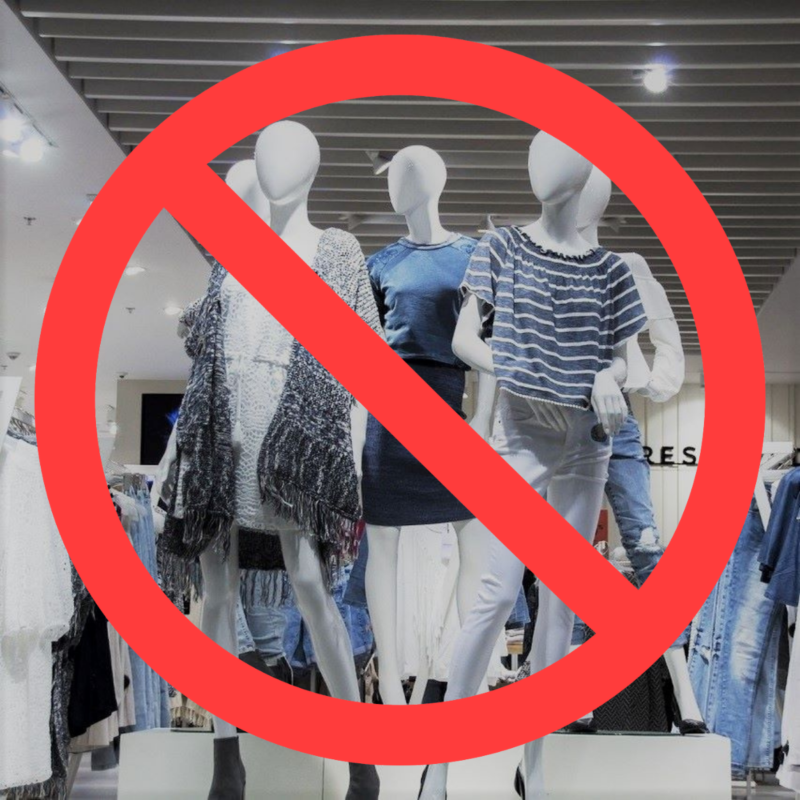WHAT IS FAST FASHION?
Fast fashion is clothing that is produced as fast and as cheap as possible. The most current trends go from the runway to the retail stores in record time. In order to encourage buying, these clothes are offered at very low prices, and with low prices comes a high cost. That high cost is environmental pollution and labor abuse.
The cycle of fashion used to follow the seasons, there were roughly four “collections” of apparel every year. But over the last couple of decades, due to overproduction and overconsumption of fast fashion, the cycle has gotten so fast that new “fashions” are available 52 times a year. That’s new styles every week! Sounds exhausting, doesn’t it?

WHY IS FAST FASHION BAD?
That’s a good question and there are so many things wrong about fast fashion: both environmental and human.
Fast fashion is not sustainable. It uses up the earth’s non-renewable resources and produces tons of waste. Literally, millions of tons. According to Business Insider, 85% of all textiles go to dumps each year. North Americans throw out 9.5 millions tons of clothing every year, that breaks down to 82 pounds of clothing per person every year. That’s a lot added to our landfills for future generations to deal with.
Fast fashion is not sustainable. It uses up the earths non-renewable resources.
- Fast fashion produces millions of tons of waste every year.
- Our rivers, streams and oceans are polluted by toxic dyes used in garment manufacturing.
- Transporting these millions of tons of cheap fashions uses precious oil.
- Producing cotton uses another precious resource: water.
- Microfibers released by washing cheap polyester end up in our oceans.
And that’s not all. Many of these garments are quickly disposed of when they go “out of style”, which in some cases could be the next week! And that 85% that ends up in landfills just keeps making our landfill mountains bigger and bigger. And this cycle goes on and on, faster and faster, cheaper and cheaper, with the human and environmental cost being higher and higher. What a waste, both literally and figuratively.
Fast fashion takes a toll on human welfare.
- Labor abuse in many forms.
- In some cases forced labor. For example in Uzbekistan teachers, doctors and students are forced to pick cotton.
- Garment workers, mostly women and girls, are marginalized.
- Overwork and underpay with no unions.
- Unsafe working conditions.
Because manufactures are driven by making as much money as they can, workers are marginalized. The working conditions are often horrific: long hours, no breaks, lack of humane conditions. This is the textbook definition of a “sweat shop”. And sometimes the working conditions are so dangerous that they are disastrous, even deadly. This is unacceptable and we don’t need to support these inhumane conditions.
WHO BUYS FAST FASHION?
Fast fashion is everywhere, from premium sportswear brands to cheaply made teen clothing. Almost every niche within the fashion industry has shifted to favor fast fashion, in an attempt to not be left behind.
Clothing created as fast fashion is made extremely quickly and for affordable prices. Companies do this by cutting production standards. They treat employees as glorified slave labor: forcing them to work for pay below a living wage and providing unsafe working conditions for them.
Fast fashion items are not designed for quality or longevity. They are designed to be bought for cheap, worn a handful of times, and then disposed of. Customers are then freed up to buy the next line of clothing that a brand produces. Because of fast fashion, trend cycles have become faster and faster and shopping for clothes has become an all-year activity. And sadly, clothing has shifted towards being viewed as disposable.
At the end of the day the closet is full of poorly made clothing made out of cheap fabric that may only last a few washings. When clothes fall apart after a few washings, the customer goes out and buys more to replace what fell apart, even buying clothes from the newest “collection”. And the cycle is complete.
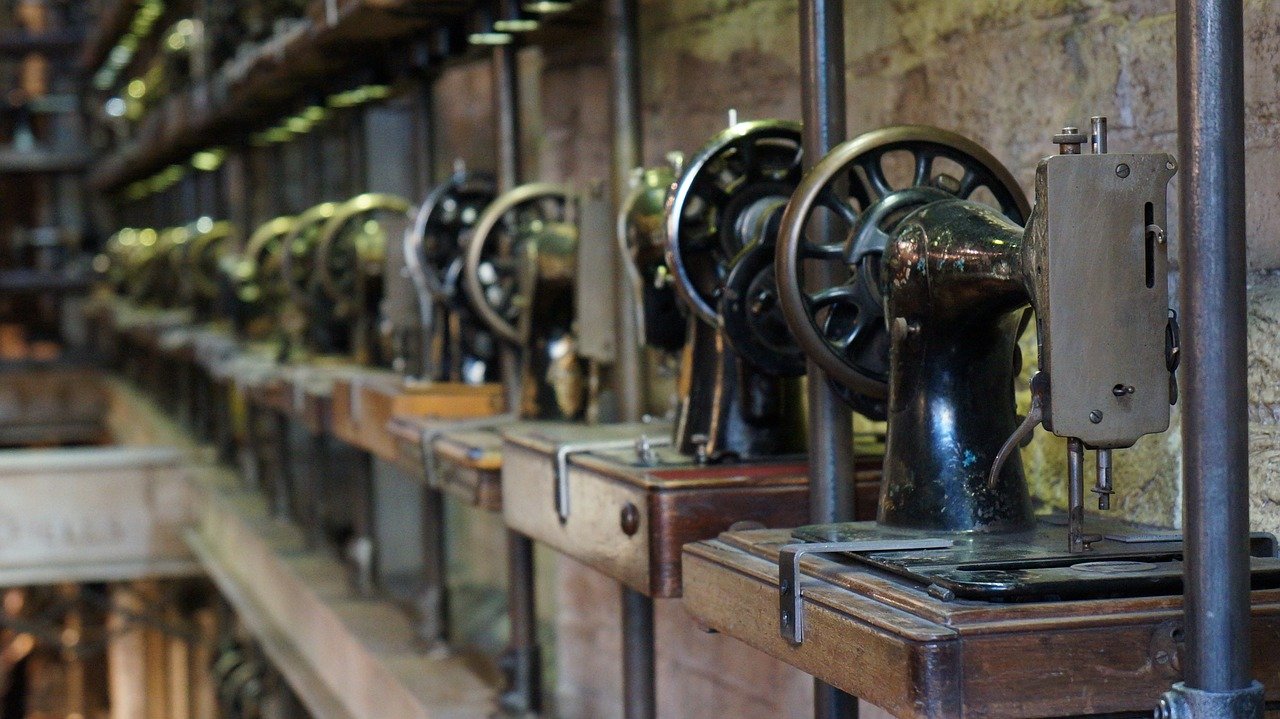
THE HISTORY OF FAST FASHION
The production of fashion has accelerated at a seemingly unstoppable rate since the industrial revolution and the invention of the sewing machine.
The first shift towards fast fashion occurred when ready-made clothes began to be offered in various sizes for consumers to choose from. This allowed the middle-class to access fashion more regularly.
It was as early as the acceptance of mass-produced clothes that working standards dropped dramatically for seamstresses and sweatshops were opened. This correlation emphasizes what is already obvious: fast fashion relies on a mistreated workforce.
The world’s first, but by no means last, major fashion factory tragedy occurred in 1911 in New York. 146 women burned to death after being unable to escape their workplace because they were locked in, in the Triangle Shirtwaist factory fire.
Brands recognized that it would be much easier to mistreat employees farther from the American public’s probing eye. This lead to outsourcing work to developing countries where they could get cheap labor and materials.
And now, because brands can produce so much so cheaply, we have 52 “micro-seasons” instead of 4 fashion seasons.
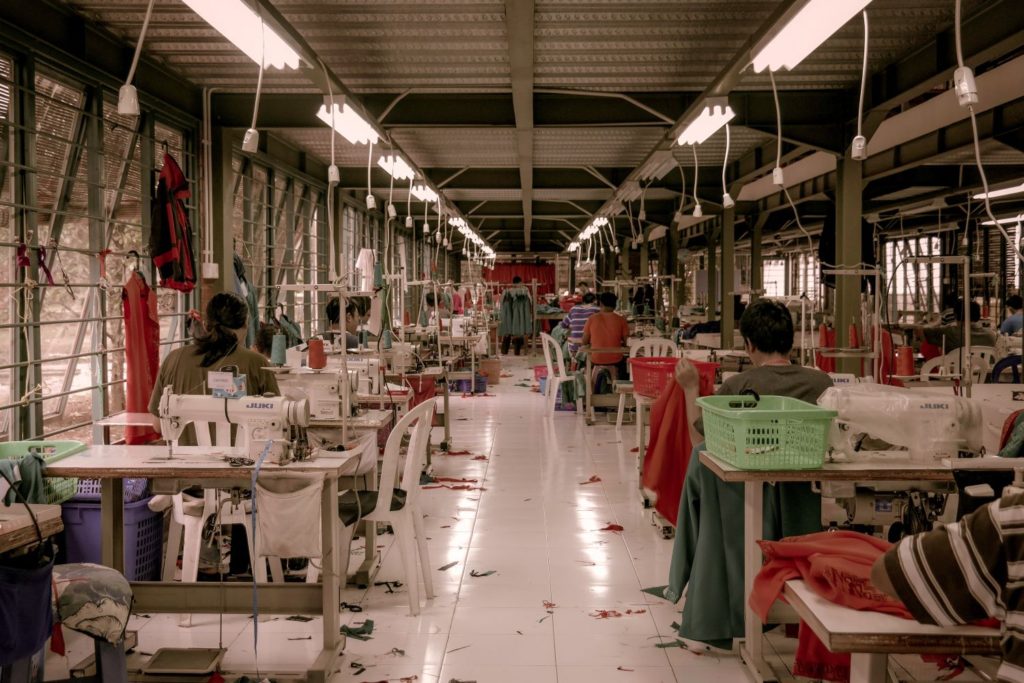
HOW DO YOU KNOW IF A BRAND IS FAST FASHION?
There are some simple tell-tale signs you can look out for to identify fast fashion brands.
- Brands have hundreds or even thousands of different styles
- The brand is extremely trend-conscious
- Clothing manufactured in countries where low wages are permitted and health and safety standards aren’t strictly upheld.
Fast Fashion Brands to Avoid
- Forever 21: This store is one of the worst fast fashion offenders in America. Their clothing is extremely low-quality, trend-conscious, and produced in environmentally-harmful ways. It’s been documented that they pay workers far below what would be living wages and have non-existent environmental policies.
- Urban Outfitters: Although they may SEEM more upscale than Forever 21, when it comes to fast fashion Urban Outfitters is just as bad. They don’t pay workers living wages and even dared to ask workers IN THE UNITED STATES to work for free on weekends. They still use mostly synthetic fabrics and have made no effort to reduce their water and waste usage.
- H&M: Recently accused of greenwashing over their claim to make clothes from sustainable fabric. “Ultimately, the sheer amount of product H&M produces is causing irreversible harm to both planet and people, and completely outweighs their sustainability efforts,” she explained. “Fashion this fast can never and will never be sustainable.” says anti-fast fashion campaigner, Venetia La Manna.
- Shein: This brand is basically a wholesaler from China, which is why they can charge extra low prices. Their clothes and accessories are extremely poorly made to the point that I would even label this company a “Scam” for what you’re getting from them.
- Primark: This one will hurt for anyone in the UK, but Primark is a HUGE fast fashion offender. You know that they treat their employees badly because two SOS messages were found stitched into their garments in 2014 from Chinese prisoners.
- GAP: The Gap Stores own Banana Republic and Athleta. This mega-store is hugely popular and completely reliant on fast fashion. They’ve avoided paying their staff for overtime, stood by as female garment workers were marginalized horribly throughout their supply chain, and have created generally unsafe working conditions.
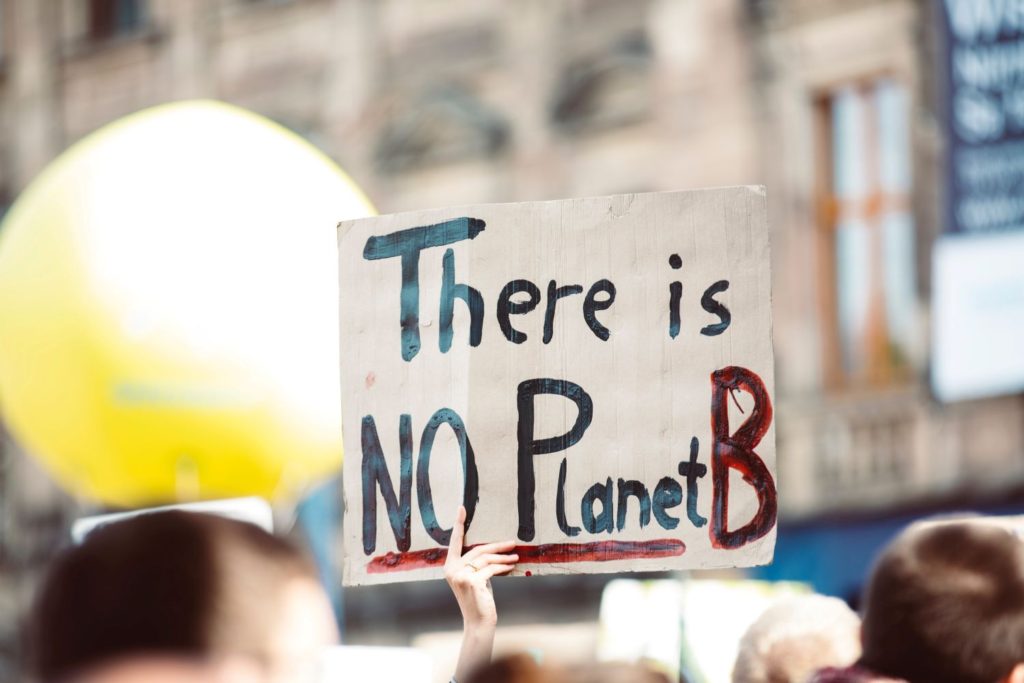
What Is The Environmental Impact Of Fast Fashion?
Fast fashion has resulted in people viewing clothes as disposable which has led to insane amounts of waste around the world. Because of fast fashion, 80% of textiles end up in landfills while only 20% are actually reused or recycled.
The Effects Of Synthetic Fibers On The Environment
Fast fashion largely relies on synthetic fibers like polyester which are cheap and easy to produce. So heavy is that demand that polyester’s consumption has gone up from only 5.2 million tons globally in 1980 to 46.1 million tons globally in 2014.
Why is this alarming?
Because polyester is terrible for the environment! Synthetic fabrics require the use of oil to produce, which is why their carbon footprint is over double that of natural fabrics like cotton. Even just washing these fabrics is bad for the environment, ensuring that plastic particles from microfibers end up in the ocean, harming sea creatures.
The Effects Of Natural Fibers On The Environment
Natural fibers like cotton aren’t completely off the hook though. In growing natural fabrics, the fashion industry uses up and pollutes water that developing nations rely on.
Because of their pesticide usage, the fashion industry is the second biggest polluter of water in the world, and because natural fabrics require so much water to grow, they quite literally will drain lakes to make clothing.
Just one cotton t-shirt requires 2,700 liters of water. That number is made all the more horrifying if you think about how many cotton t-shirts are worn only once. I’m talking about those special events where 20 or 50 or even 500 t-shirts are printed and sadly, only worn for the event. Whether it’s Grandma’s birthday, a new store opening, or a bank giveaway, this is one of the wasteful habits we can easily put an end to. It’s up to us.
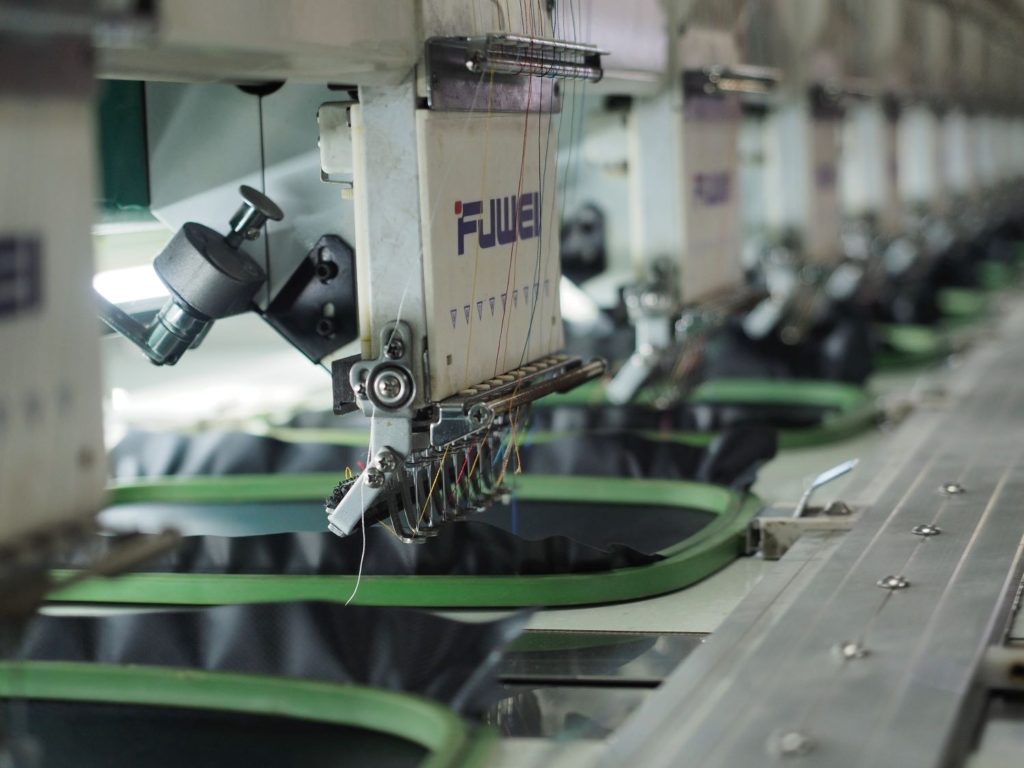
How Do Fast Fashion Brands Treat Their Employees?
In no way is it dramatic to cite fast fashion sweatshops as examples of modern slavery. Employees basically work for free, with wages as low as $3 a day, in unsafe working conditions that often lead to health problems, for extraordinarily long hours, that stretch out to be on average 14 hours a day.
A UK report found that of the 71 leading retailers in the UK, 77% were suspected of incorporating modern slavery into their supply chain.
In just Bangladesh, 1800 people have died while making fast fashion since 2005. 1134 of those people were killed when the manufacturing complex called Rana Plaza collapsed, which also resulted in 2,500 people sustaining injuries.
The worst part?
The people at Rana Plaza risk their lives working in unsafe conditions for as little as $96 a month.
Safety goes past just stable buildings though. Garment workers have to breathe in dust and fiber from the poor airflow in their workspaces, resulting in lung disease, cancer, and reproductive issues. They also suffer from physical strains as a result of their demanding, repetitive work.
How Does Fast Fashion Affect Women?
Although the majority of fashion is consumed in the US, 90% of the world’s clothing is produced in low and middle-income countries. 40 million people work in fast fashion sweatshops, with 85% of those people being women.
These women are trapped in poverty, with many of them starting work at ages as young as 14. They have to work long hours, averaging around 14 hours a day, because they are only making a few bucks an hour, with hourly wages equivalent to what big fashion brand CEOs make in a minute.
Women in these sweatshops have to deal with sexual harassment, which is extremely prevalent because higher-ups know that these women rely on their meager wages to live so they won’t speak out or resist.
How To Avoid Fast Fashion
Although fast fashion is everywhere it’s not impossible to avoid. By buying fewer items, keeping clothing for longer, and only buying quality goods that will last a long time, you can take steps to eliminate fast fashion from your life.
When you do buy clothing and wish to reduce reduce your environmental impact, look for garments made with linen and hemp which are much less water-intensive crops than cotton and don’t require oil to produce like polyester.
Buying second-hand or salvaged clothes is a great way to reduce waste. Buying recycled clothing is another choice you have . Check out our tips on buying recylcled clothing. We also have lots of information on slow fashion (the opposite of fast fashion) and how to have a sustainable wardrobe.
But most importantly, take the time to find out who made your clothes. Find out more about the brand you are purchasing from. Choose to buy responsibly so we can all stop funding fast fashion and the harm it does to our fellow humans and our precious earth.

